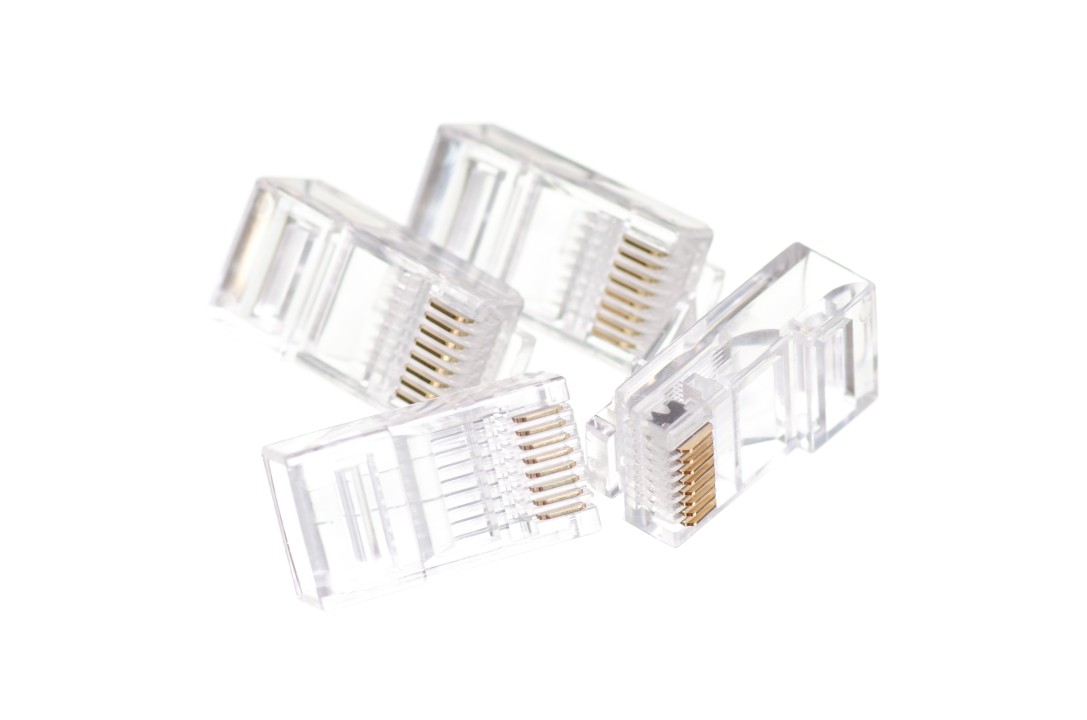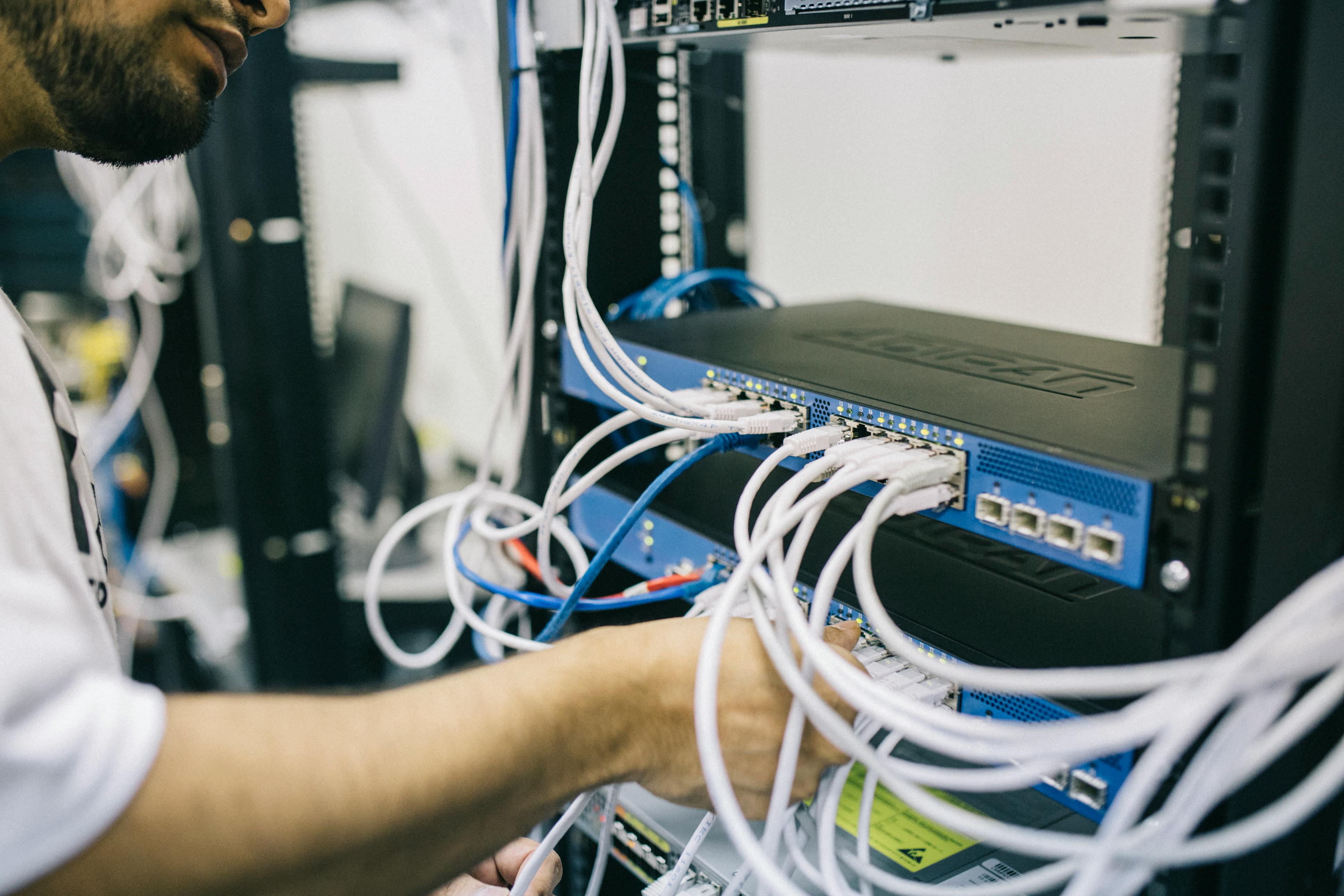Introduction:
In the world of networking, few topics generate as much confusion as Cat 6 cable connections. From debates about speed limits to myths about cable color affecting performance, misinformation often clouds decision-making.In this definitive guide, we’ll debunk the top myths surrounding Cat 6 cable connections and reveal the science-backed truths that matter.
1.Myth 1: "Cat 6 Cable Connection Can’t Handle 10Gbps Beyond 55 Meters"
1.1The Reality:
While older standards like Cat 5e max out at 1 Gbps over 100 meters, Cat 6 is designed for 10Gbps up to 55 meters (180 feet) under the IEEE 802.3an standard. This limit applies to unshielded twisted pair (UTP) cables. For longer distances, shielded Cat 6 or Cat 6a can extend 10Gbps performance to 10Gbps over 100 meters.
1.2Technical Deep Dive:
The 55-meter constraint stems from attenuation (signal loss) and crosstalk (interference between wire pairs). Shielded cables reduce crosstalk by 40–60%, enabling longer runs. For example, Belden 1694A shielded Cat 6 cables meet ISO/IEC 11801 Ed2.0 standards for 10Gbps at 100 meters.
1.3Case in Point:
A 2023 study by Fluke Networks found that properly installed shielded Cat 6 maintained 10Gbps throughput at 90 meters with minimal signal degradation. This makes it ideal for enterprise campuses or industrial IoT setups requiring high bandwidth over moderate distances.
2.1The Reality:
Shielded cables (S/FTP, F/FTP) do reduce electromagnetic interference (EMI), but they come with trade-offs:
|
Factor |
Shielded Cat 6 |
UTP Cat 6 |
|
Cost |
20–30% more expensive than UTP |
Budget-friendly option |
|
Flexibility |
Stiffer, harder to route in tight spaces |
More flexible for home/office environments |
|
Installation Complexity |
Requires proper grounding to avoid "Faraday cage" effect |
Plug-and-play simplicity |
When to Choose Shielded:
Environments with high EMI (e.g., near industrial machinery or power lines).
Data centers where crosstalk between densely packed cables is a concern.
When UTP Suffices:
Office buildings, schools, and homes with standard EMI levels.
Expert Tip:
For hybrid networks, use shielded cables in EMI-prone areas and UTP elsewhere to balance cost and performance.

3.1The Reality:
Cable jacket colors (blue, gray, orange) are purely for organizational purposes. The TIA/EIA-568-C.2 standard assigns colors to differentiate cable types (e.g., blue for horizontal cabling, gray for plenum-rated), but they have zero impact on performance.
3.2Pro Tip:
Use colored cables to simplify network mapping, but never base purchasing decisions on color alone. Always check for UL/ETL certification and compliance with ISO/IEC 11801 standards.
3.3Myth-Busting Test:
A 2024 experiment by TechRadar showed no measurable difference in latency or bandwidth between identically terminated blue and gray Cat 6 cables.
4.1The Reality:
While Wi-Fi 6 offers theoretical speeds up to 9.6 Gbps, real-world performance often peaks at 1–2 Gbps due to interference and distance limitations. Cat 6 cable connections provide:
|
Metric |
Cat 6 |
Wi-Fi 6 |
|
Latency |
0.1–0.5 ms |
10–50 ms |
|
Bandwidth Stability |
Consistent 10Gbps throughput |
Fluctuates based on device density |
|
Security |
Physical layer protection |
Vulnerable to packet sniffing |
4.2Hybrid Approach:
Pair Cat 6 for critical devices (servers, gaming PCs) with Wi-Fi 6 for mobile devices. A 2024 Cisco report found this strategy reduced network downtime by 42% in SMBs.

5.Myth 5: "DIY Cat 6 Patch Cables Are Just as Good as Pre-Made Ones"
5.1The Reality:
While homemade cables can work, professional-grade pre-terminated cables offer:
Tighter Tolerances: Factory-terminated connectors meet ANSI/TIA-568-C.2 pin alignment specs.
Certification: Pre-made cables come with performance guarantees (e.g., Fluke DTX-1801 certification).
Durability: Molded strain relief prevents wire breakage over time.
5.2Cost Comparison:
|
Option |
Price Range |
Average Lifespan |
Troubleshooting Time |
|
Pre-Made Cables |
$15–$25 per 5m |
5–7 years |
<1 minute |
|
DIY Cables |
$8–$12 per 5m |
2–3 years |
15–30 minutes |
5.3DIY Risks:
Incorrect Wiring: A single misaligned pin can reduce bandwidth by 50%.
Crosstalk: Improperly twisted pairs increase noise levels.
Termination Tools:
Crimping Tools: Use a Panduit HydraTouch crimper for consistent results.
Verification: Test with a Fluke LinkIQ cable tester to confirm continuity.
Cat 6 cables perform best at 20–25°C. Extreme heat (over 60°C) or cold (under -20°C) can reduce bandwidth by 15–20%.
Solution:
Install temperature-controlled enclosures in industrial settings or
use sunlight-resistant plenum cables for outdoor runs.
6.3 Future-Proofing isn’t Just About Speed
Cat 6 supports Power over Ethernet (PoE+) up to 30W, making it ideal for powering IP cameras, VoIP phones, and even low-power IoT devices.
7.Expert Recommendations for Optimal Cat 6 Cable Connection
|
Use High-Quality Cables |
Top Brands |
Test Thoroughly |
Avoid Over-Bending |
Label Systematically |
|
Look for 23AWG copper conductors and CMR-rated jackets for fire safety. |
Panduit, Belden, Leviton Glgnet |
Use a TDR (Time Domain Reflectometer) to detect breaks or shorts. |
Maintain a bend radius of at least 4 times the cable diameter. |
Use alphanumeric labels (e.g., "Rack1-Port4") for easy troubleshooting. |
Cat 6 cable connections remain a reliable, cost-effective choice for most networking needs. By debunking these myths, you can make informed decisions that align with your bandwidth, budget, and infrastructure requirements. Remember: when in doubt, consult a certified cabling professional to ensure your network performs at its best.
Ready to upgrade your network? Start with a Cat 6 cable connection audit and experience the difference for yourself.Starting with the Glgnet brand and experience the cat6 cable connection together.